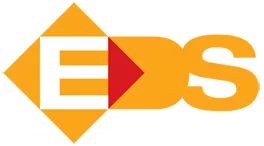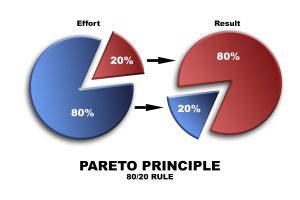What’s Coming in 2026 for Global Sourcing: Trends, Challenges & Survival Strategies
As we look toward 2026, the global sourcing landscape is poised for transformation. Economic pressures, shifting trade policies, sustainability mandates, and post-pandemic supply chain realignments are converging to force companies to rethink how, where, and from whom they procure goods. To remain competitive—and resilient—businesses must not merely react, but anticipate. Below, we explore what’s on the horizon, key trends, and strategic approaches companies should adopt to thrive in this evolving environment.
Emerging Trends Shaping 2026
1. Accelerated Diversification Beyond China
The China +1 strategy will further evolve into a true multi-source approach. Suppliers in India, Southeast Asia, Mexico, and East Africa will grow in importance as companies seek redundancy and flexibility. India’s manufacturing capacity is expanding under government incentives, and Mexico continues to benefit from nearshoring advantages for North American markets.
2. Regional Trade Blocs and Shifting Tariff Regimes
New or refreshed trade agreements (e.g. ASEAN expansions, African Continental Free Trade Area) will influence sourcing patterns. At the same time, reciprocal and retaliatory tariff policies may return as a geopolitical tool. Companies must build sourcing strategies that can pivot quickly in response to changing trade regimes.
3. ESG and Supply Chain Transparency as Mandates
Environmental, Social, and Governance (ESG) considerations will become non-negotiable in sourcing decisions. Buyers and regulators will increasingly demand full traceability, carbon footprint reporting, and ethical labor practices across supply chains. Suppliers without credible ESG credentials may lose access to certain markets.
4. Resilient, Modular Supply Networks
Supply chains will become more modular, allowing parts of the network to reconfigure under stress. Companies will favor dual- or multi-sourcing, regional buffer capacities, and flexible manufacturing nodes that can accommodate shifts in volume, location, or regulation.
5. Emerging Market Opportunities
New sourcing hubs in Vietnam, Bangladesh, Georgia, Egypt, and Nigeria will attract attention—not necessarily for ultra-precision work immediately, but for mid-tier procurement and labor-intensive products. These emerging sectors will gain infrastructure investment and government support.
6. Strategic Inventory and Buffer Design
Rather than just-in-time models, 2026 will favor just-in-case buffers in critical components and raw materials. Forward stocking in regional hubs will help companies absorb shocks from logistics delays or supply disruptions.
7. Increased Demand for Value-Add Partnerships
Buyers will seek supplier partners who can evolve into collaborators—offering design, tooling, and innovation support — not just a transaction. The most resilient sourcing arrangements will be those based on deep technical alignment and mutual growth.
Strategies for Companies to Survive & Thrive in 2026
Adopt a Forward-Looking Risk Assessment Framework
Don’t wait for disruption—simulate scenarios today (tariffs, natural disasters, supplier failure) and stress-test your supply network. Incorporate geopolitical, currency, and regulatory risk into sourcing decisions.
Build a Sourcing Ecosystem, not a Single Supplier
Establish layered redundancies: primary, secondary, even tertiary suppliers across geographies. This way, a disruption in one region doesn’t halt the entire chain.
Embed ESG Controls Early
Require ESG and compliance metrics in supplier audits from day one. Demand traceability and auditing at the raw material stage. Suppliers failing to meet ESG thresholds must be phased out or improved.
Regionalize Supply Chains Where Possible
Shortening supply routes reduces transport risk, tariff exposure, and lead time risk. Nearshoring to Mexico for U.S. markets or to Eastern Europe for EU markets can pay dividends in 2026.
Embrace Strategic Buffering
Implement regional inventory nodes for essential components. Use data analytics to model which parts need buffer vs. which can remain lean.
Partner on Innovation
Work with suppliers on co-development and tooling. This encourages alignment, reduces change friction, and builds loyalty that withstands market stress.
Continuously Monitor & Iterate
No plan is static. Use supplier scorecards, data dashboards, and periodic review to refine your sourcing map. Adapt with real-world outcomes and annual recalibration.
Why EDS International is Your Best Partner Moving Into 2026
At EDS International, we don’t just observe sourcing trends—we live in them. With decades of experience in supplier vetting, strategic co-development, and risk-managed global networks, we help companies pivot confidently into 2026. Our on-the-ground presence in India, Vietnam, Mexico, and more allows us to guide you into emerging sourcing hubs while safeguarding your quality, ESG, and cost goals.
If you want a sourcing roadmap for 2026 that balances agility, sustainability, and scale, EDS International is your trusted partner.
👉 Contact us today to future-proof your supply chain.








